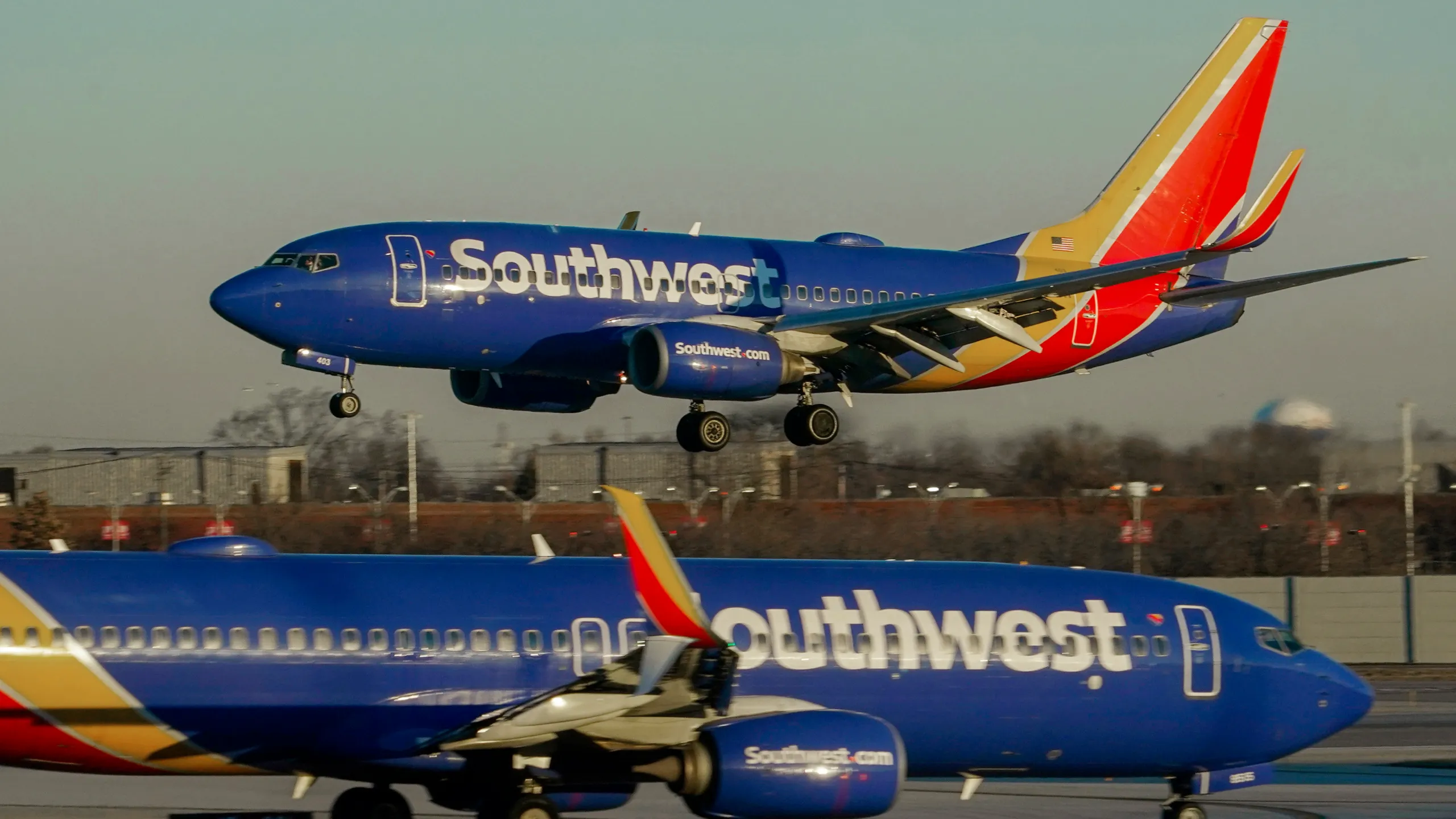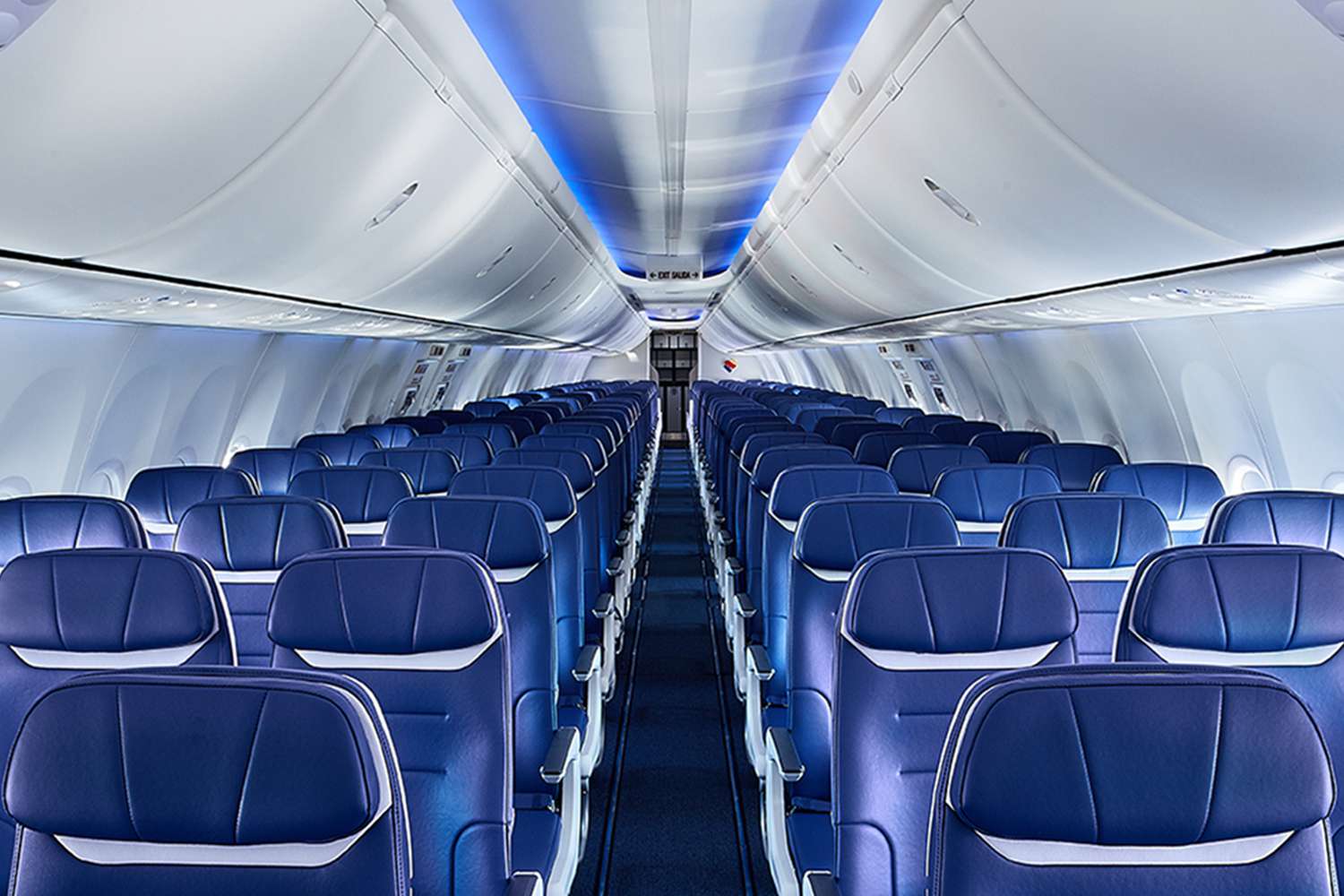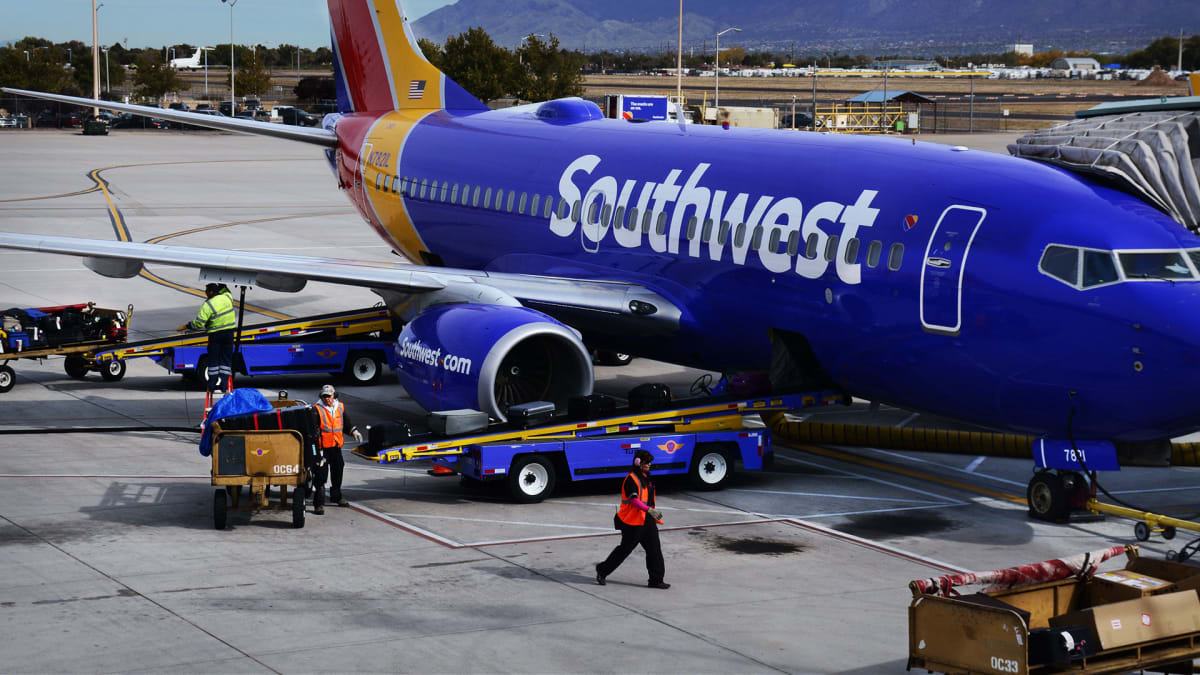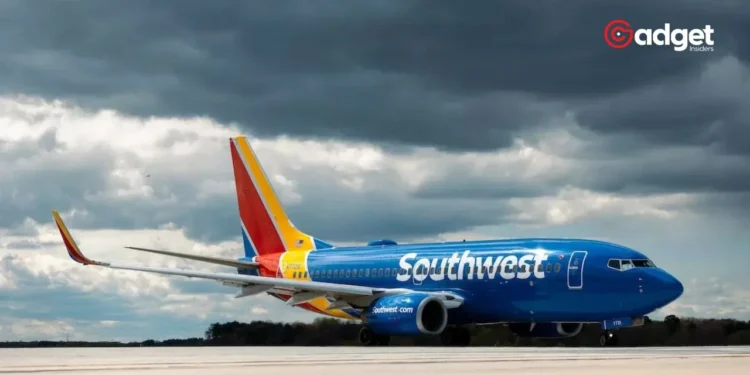Southwest Airlines, renowned for its distinctive no-assigned seating policy, is contemplating significant changes to its boarding and seating arrangements. This comes as the Dallas-based carrier faces mounting pressures from both financial setbacks and evolving customer expectations.
The iconic Southwest Airlines open seating approach, a rarity in an industry dominated by traditional seating assignments, has long been a hallmark of its brand identity. However, recent challenges have spurred discussions about potential shifts in this strategy.

Southwest Airlines: Financial Turbulence and Strategic Shifts
In a recent unsettling revelation, Southwest Airlines reported a substantial loss of $236 million, accompanied by a sharp decrease in its stock value—nearly 10%—triggering a strategic reassessment.
CEO Bob Jordan, in response to these financial woes, has outlined several drastic measures aimed at steering the company back to profitability. These include layoffs exceeding 2,000 positions and the cessation of operations at four strategic locations across the U.S. and Mexico.
Southwest Airlines is considering changes to its quirky boarding and seating practices https://t.co/Gh8xCyEECT
— The Associated Press (@AP) April 27, 2024
In an interview with CNBC, Jordan hinted at Southwest Airlines’ ongoing evaluations of their seating and cabin arrangements. “We’re looking at new initiatives, the way we seat and the way we board our aircraft,” he stated, though specifics were sparse.
This statement has led to widespread speculation about the possible introduction of assigned seating, a departure from their long-standing practice.

Reinventing the Passenger Experience
The debate around Southwest Airlines’ seating policy isn’t new. It has been a focal point of discussion, especially as competitors and some European low-cost carriers, like Ryanair, have also experimented with similar models.
The dynamic nature of passenger preferences continually shapes the airline’s approach to customer service. “Additionally, we are evaluating options to enhance our Customer Experience as we study product preferences and expectations, including onboard seating and our cabin,” Jordan remarked during the earnings call.
The airline also unveiled a sneak peek of redesigned seats earlier this year, touted as a significant upgrade to comfort and aesthetics, scheduled to debut in 2025. Despite the backlash on social media—where they were unflatteringly dubbed “Ozempic seats” and likened to “wooden benches”—Southwest stands by its design.
“The actual seats feature MORE cushion in the headrest, backrest, and bottom for additional comfort and a new material that’s softer to the touch and better showcases the foam technology in the seat,” a Southwest spokesperson defended.

Public Reaction and Market Implications
The announcement and subsequent social media reactions underline the critical balance between innovation and customer satisfaction. With nearly six million views, the discussion around the new seat design underscores the high stakes involved in altering a familiar passenger experience.
As Southwest Airlines navigates these turbulent times, the decisions made now could significantly influence its market position and brand perception.
As Southwest Airlines continues to evaluate its strategic options, the airline industry and its customers will undoubtedly watch closely. The potential shift in seating policy marks a pivotal moment for the airline, as it seeks to reconcile financial health with customer preferences in an increasingly competitive market.










